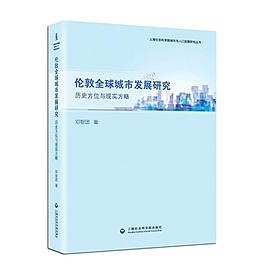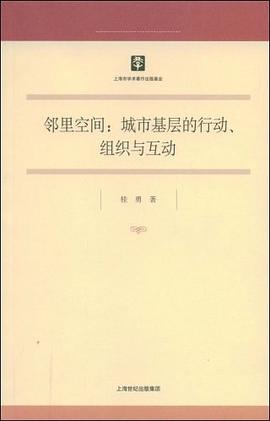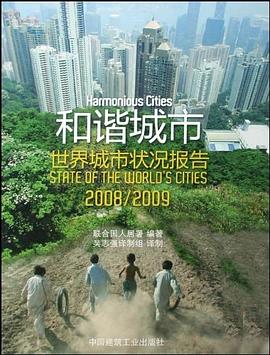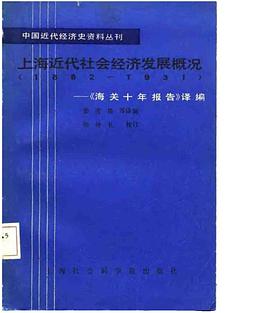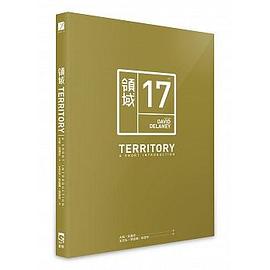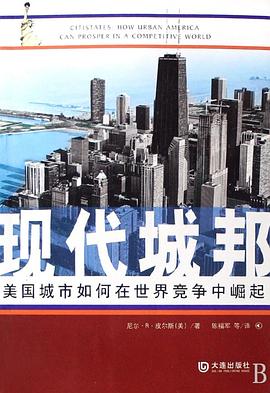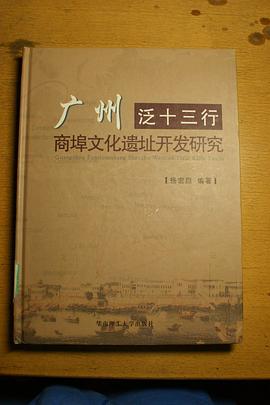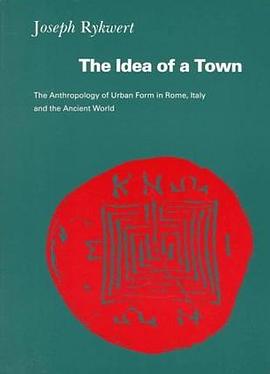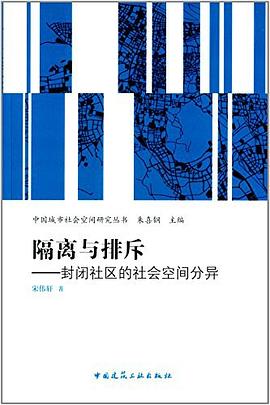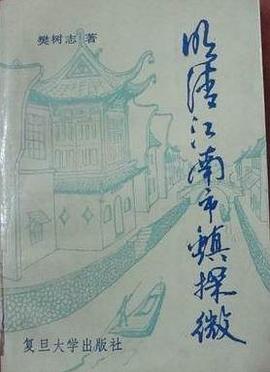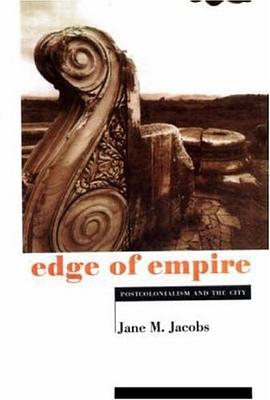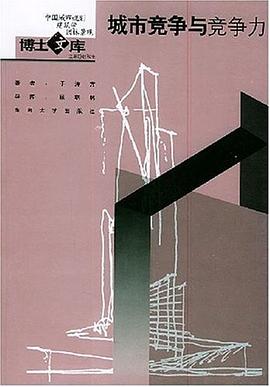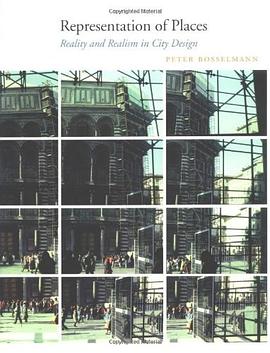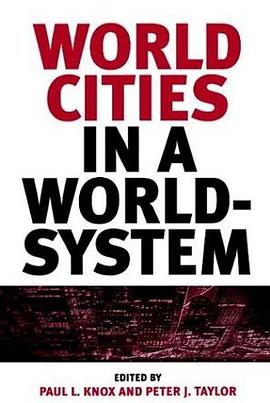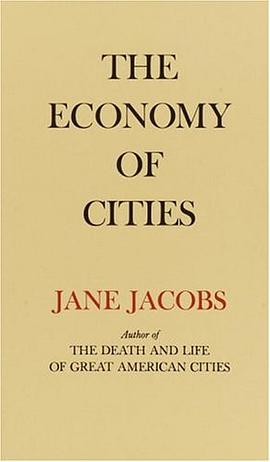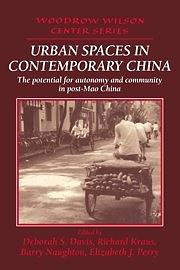
Urban Spaces in Contemporary China pdf epub mobi txt 電子書 下載2025
- 城市研究
- 海外中國研究
- 英文原版
- 社會學
- 政治學
- 中國研究
- urbanization
- urban.study
- 當代中國
- 城市空間
- 社會變遷
- 城市規劃
- 建築文化
- 公共空間
- 城市生活
- 社會研究
- 地理空間
- 城市發展

具體描述
The post-Mao urban reforms of the past decade have physically and psychologically transformed China's cities. Urban Spaces in Contemporary China explores how the character of city life changed after political-economic restructuring intensified in 1984, and how this change affected the creation of new physical, economic and cultural space in urban China. Drawing on a wide range of backgrounds, including economics, art history, law, and sociology, the authors bring personal insights to dimensions of urban Chinese life that are often misunderstood: China's large "floating populations," avant-garde art, labor movements, and leisure.
1 Multi-discipline perspective
2 Authors draw on a variety of sources: cinema, videos, sculpture, aerial photographs, painting, interviews, performance art, statistical surveys.
3 Each author has lived and worked in a Chinese city for an extended time in the late 1980s or early 1990s
作者簡介
Deborah S. Davis, Yale University, Connecticut
Richard Kraus, University of Oregon
Barry Naughton, University of California, San Diego
Elizabeth J. Perry, University of California, Berkeley
目錄資訊
1. Introduction: Urban China Deborah S. Davis
Part II. Urban Space: Introduction Barry Naughton
2. Urban transformations in post-Mao China: impacts of the reform era on China's urban form Piper Rae Gaubatz
3. Cities in the Chinese economic system: changing roles and conditions for autonomy Barry Naughton
4. State sprawl: the regulatory state and social life in a small Chinese city Vivienne Shue
5. The floating population in the cities: chances for assimilation? Dorothy J. Solinger
Part III. Urban Culture and Identities: Introduction Richard Kraus
6. The politics of private time: changing leisure patterns in urban China Shaoguang Wang
7. China's artists between plan and market Richard Kraus
8. Velvet prisons and the political economy of Chinese film making Paul G. Pickowitz
9. The avant-garde's challenge to official art Julia F. Andrews and Gao Minglu
10. The disintegration of the poetic 'Berlin Wall' Su Wei and Wendy Larson
Part IV. Urban Associations: Introduction Elizabeth J. Perry
11. Labour's battle for political space: the role of worker associations in contemporary China Elizabeth J. Perry
12. Dissident and liberal legal scholars and organisations in Beijing and the Chinese state in the 1980s Mark Sidel
13. Urban spaces and experiences of qigong Nancy N. Chen
14. Student associations and mass movements Jeffrey N. Wasserstrom and Liu Xinyong
15. Conclusion: historical perspectives David Strand
List of editors and contributors
Index.
· · · · · · (收起)
讀後感
評分
評分
評分
評分
用戶評價
相關圖書
本站所有內容均為互聯網搜索引擎提供的公開搜索信息,本站不存儲任何數據與內容,任何內容與數據均與本站無關,如有需要請聯繫相關搜索引擎包括但不限於百度,google,bing,sogou 等
© 2025 qciss.net All Rights Reserved. 小哈圖書下載中心 版权所有


